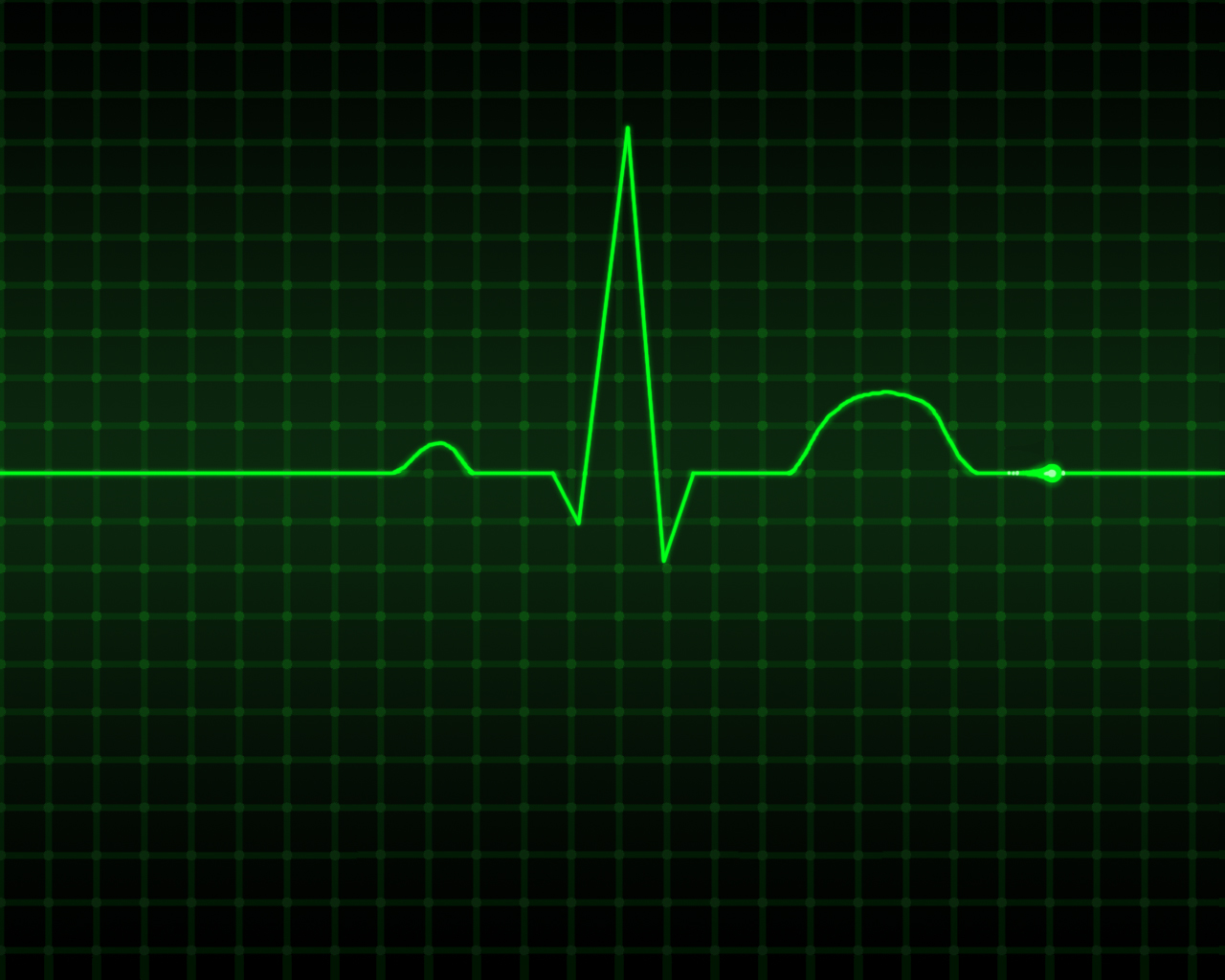OVERVIEW
This page covers some of the science behind how electrocardiograms (EKGs/ECGs) actually work. While some of the details can get complicated, the goal of this page is aimed at trying to demystify the core concept of how this technology is able to provide usable data for clinical interpretation.

HOW THE EKG TRACING IS GENERATED
The fundamental idea behind an EKG is that electrical impulses in the body (i.e. from the heart) can be translated into tracings (what we see on the EKG report/screen). Leads are placed on the body of the individual, and they are able to interpret the direction of these electrical impulses and “draw” them as a tracing. At its most basic level, this is how it works:
- Positive deflection on the EKG tracing represent electrical activity that is going TOWARDS the EKG lead
- Negative deflections on the EKG tracing represent electrical activity that is going AWAY from the EKG lead
Page Updated: 03.04.2018